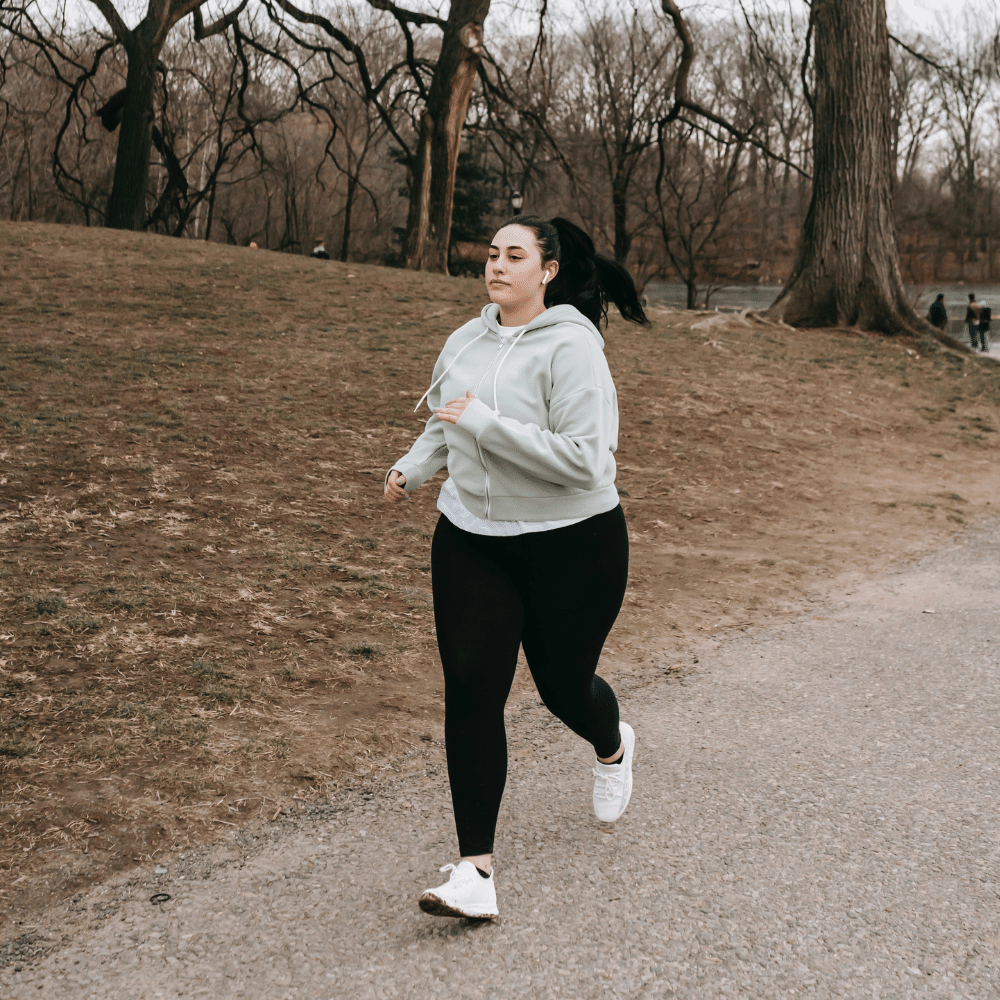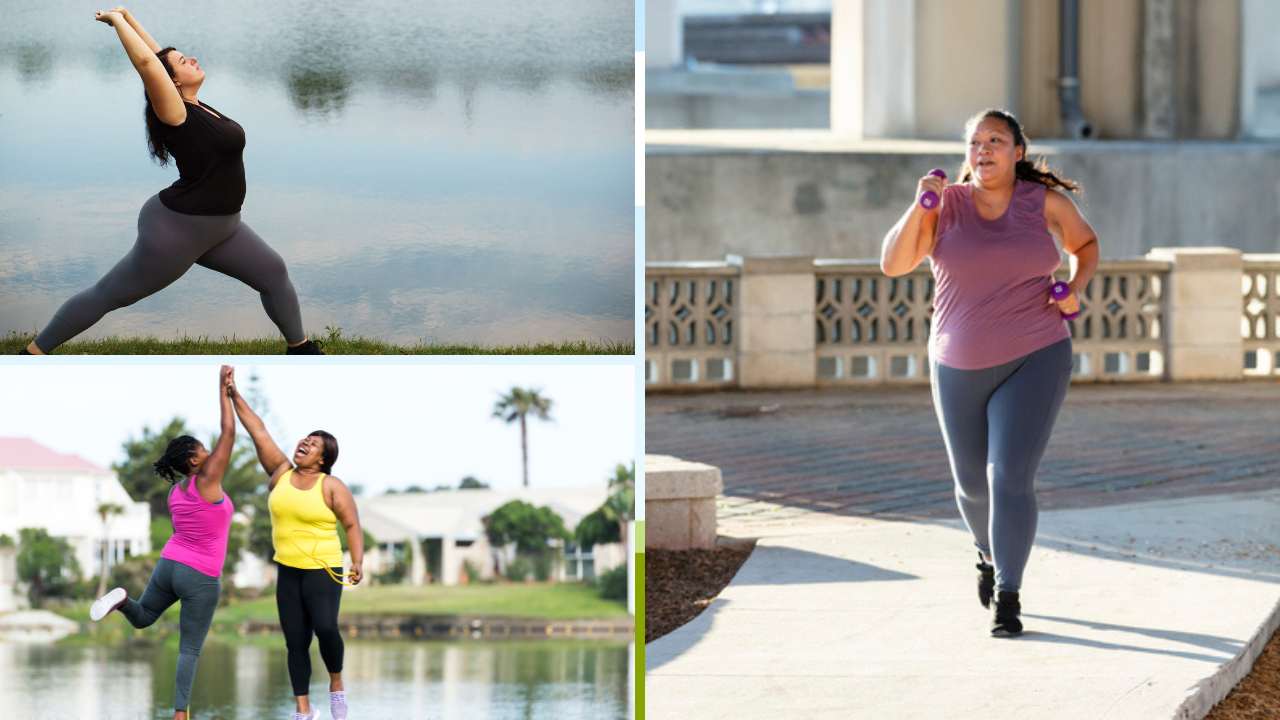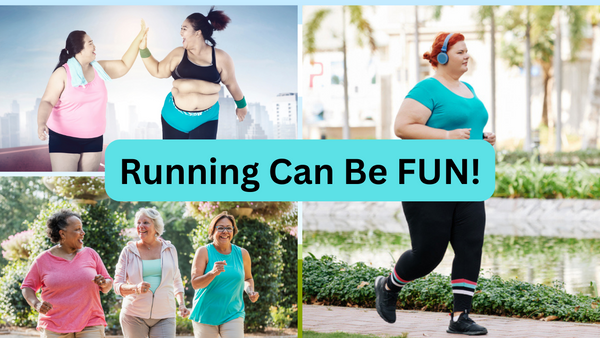If you carry a few extra pounds, you might be concerned about finding the best walking shoes. After all, your shoes play a major role in your comfort and performance when you walk.
If you take care of your feet, they will take care of you!
In this article, we'll discuss a few factors to remember as you choose the best walking shoes for overweight women. By the end, you will have a better idea of which shoes will work best for you.
But first,
I would like for you to watch this short video on an overweight runner and the challenges that she mastered. She is an inspiration to us all!
What to Consider in Looking for a Walking Shoe
When you are looking for a walking shoe, there are several factors to keep in mind.
First, consider the type of arch you have
- If you have high arches, look for shoes that provide extra support in the arch area.
- If you have flat feet or low arches, look for shoes with good shock absorption to protect your feet and joints.
Second, consider the type of surface you'll be walking on
- If you will be doing most of your walking on pavement, look for shoes with thick soles to protect your feet from impact.
- If you will be walking on softer surfaces like dirt trails, look for shoes with deep treads to provide traction.
Third, consider the fit of the shoe
- Make sure there's enough room in the toe box, so your toes don't feel cramped, but also make sure the shoe isn't too loose.
- You don't want your foot sliding around inside your shoe as you walk.
Finally, make sure the shoe is comfortable
- and doesn't rub or chafe against your foot.
Is There a Difference Between a Walking Shoe and a Running Shoe?
Yes, there is a difference between walking shoes and running shoes. Walking shoes are designed to provide more stability and support than running shoes because when you walk, your heel strikes the ground first, followed by your toes.
This makes it important to have a shoe with good shock absorption and heel support when you walk.
When you run, however, your toe strikes the ground first followed by your heel. This means that running shoes need to be more flexible in the toe area than walking shoes.
Should My Toe Touch the End of My Shoe?
This is a common question that people ask when they're looking for new shoes. You've probably been told at some point that it's important to have enough room in the toe box, so your toes don't feel cramped.
However, this doesn't mean that your toes should touch the end of your shoe when standing straight with weight evenly distributed on both feet. In fact, it's normal for there to be a small amount of space between your longest toe and the end of the shoe when you're standing up straight.
The important thing is to make sure there's enough room, so your toes don't feel cramped when you're moving around or taking active strides while walking or running.
Try on both shoes and take them for a test walk around the store before making your final decision.
How Do You Tell if Your Shoes Are Too Tight?
Several signs can indicate that your shoes are too tight:
- blisters
- numbness or tingling in your feet
- pain in your feet or lower legs (especially after long periods of time spent on your feet)
- or red marks on your skin after taking off your shoes at night (these can indicate areas where bone is pressing against fabric).
If any of these things happen regularly when you wear certain shoes, it's likely that those shoes are too tight and are causing discomfort or even injury to your feet or lower limbs.
It is important to break them in gradually by wearing them for short periods of time at first and gradually increasing how long you wear them each day until they feel comfortable.
After breaking them in completely, they should still provide support without being too constrictive on any part of your foot.
Conclusion:
When you're overweight, it's important to choose walking shoes that offer the following:
- good support and soft cushioning
- are roomy enough to accommodate your feet without being too loose
- are comfortable enough to wear for long periods of time without causing pain or discomfort.
Look for features like:
- a rubber sole that provides stability control and motion control, if you need them,
- but ultimately, make sure the shoe is comfortable by taking it for a test walk before you buy it,
- and remember: your toes should have enough room to move around slightly in the shoe—they shouldn't be crammed up against the end!
As you can see, there are several suggestions, each with its own pros and cons. Selecting which shoe is best for you is up to you. You may start out with one type and then, as you progress, switch to another.
Remember, this is not medical advice or a diagnosis - just words for thought!
Good luck with your walking adventure! ENJOY LIFE!
Annie, Founder of AnniesAnswers.com
I recently wrote a few articles that you might enjoy:










